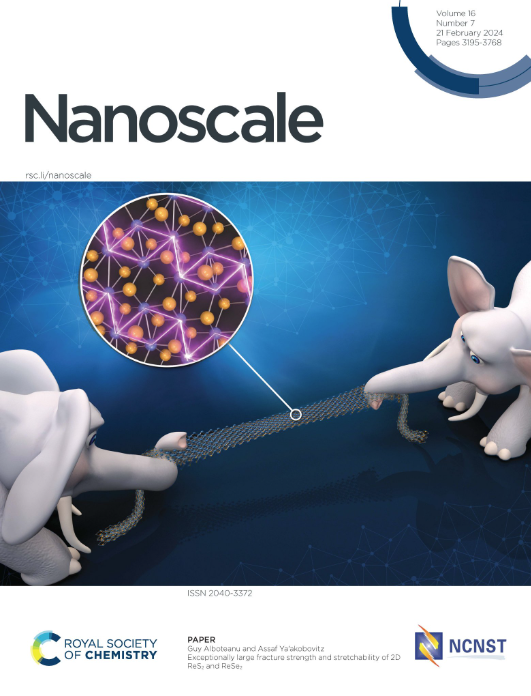四面体框架核酸负载新霉素增强抗菌敏感性
IF 5.8
3区 材料科学
Q1 CHEMISTRY, MULTIDISCIPLINARY
引用次数: 0
摘要
烧伤创面感染是烧伤管理面临的重大挑战,目前抗生素治疗在预防和治疗烧伤后感染方面发挥着至关重要的作用。硫酸新霉素(NeoS)是治疗多种细菌感染最常用的抗生素之一,但存在生物利用度低和严重副作用等局限性。因此,迫切需要制定策略来提高neo的治疗效果。本研究提出了一种将neo与纳米材料结合的策略,即利用四面体框架核酸(tFNAs)作为载体,装载neo并制造装载tFNAs的neo (tFNAs-NeoS)。这种设计使抗生素对大肠杆菌(E. coli)和金黄色葡萄球菌(S. aureus)更敏感,从而减少抗生素剂量。此外,与游离neo相比,tfna - neo具有更好的稳定性、生物相容性和组织利用率。利用这些优势,利用动物模型对tFNA-NeoS进行了体内测试,结果进一步证明了其抗炎活性,激活血管生成,促进伤口愈合的作用。因此,这种使用tFNAs递送抗生素的策略有望在更广泛的抗菌场景中提高抗生素敏感性并最大限度地减少不良反应。本文章由计算机程序翻译,如有差异,请以英文原文为准。
Neomycin Loaded by Tetrahedral Framework Nucleic Acids Enhances Antimicrobial Sensitivity against Bacteria
Burn wound infections pose significant challenges to burn injury management, and antibiotic therapy now is playing a crucial role in preventing and treating post-burn infections. Neomycin sulfate (NeoS), one of the most commonly used antibiotics for treating multiple bacterial infections, faces limitations such as low bioavailability and severe side effects. Therefore, there is an urgent need for strategies to improve the therapeutic efficacy of NeoS. This study proposes a strategy combining NeoS with nanomaterials, specifically using tetrahedral framework nucleic acids (tFNAs) as a carrier to load NeoS and fabricate tFNAs-loading NeoS (tFNAs-NeoS). This design made antibiotics more sensitive to Escherichia coli (E. coli) and Staphylococcus aureus (S. aureus), enabling reduced antibiotic dosages. Moreover, tFNA-NeoS exhibits improved stability, biocompatibility, and tissue utilization compared to free NeoS. Leveraging these advantages, tFNA-NeoS was tested in vivo using animal models, and the results further demonstrated its role in anti-inflammation activity, activating angiogenesis, and promoting wound healing. Thus, this strategy of using tFNAs to deliver antibiotics holds promise for enhancing antibiotic sensitivity and minimizing adverse effects in broader antibacterial scenarios.
求助全文
通过发布文献求助,成功后即可免费获取论文全文。
去求助
来源期刊

Nanoscale
CHEMISTRY, MULTIDISCIPLINARY-NANOSCIENCE & NANOTECHNOLOGY
CiteScore
12.10
自引率
3.00%
发文量
1628
审稿时长
1.6 months
期刊介绍:
Nanoscale is a high-impact international journal, publishing high-quality research across nanoscience and nanotechnology. Nanoscale publishes a full mix of research articles on experimental and theoretical work, including reviews, communications, and full papers.Highly interdisciplinary, this journal appeals to scientists, researchers and professionals interested in nanoscience and nanotechnology, quantum materials and quantum technology, including the areas of physics, chemistry, biology, medicine, materials, energy/environment, information technology, detection science, healthcare and drug discovery, and electronics.
 求助内容:
求助内容: 应助结果提醒方式:
应助结果提醒方式:


